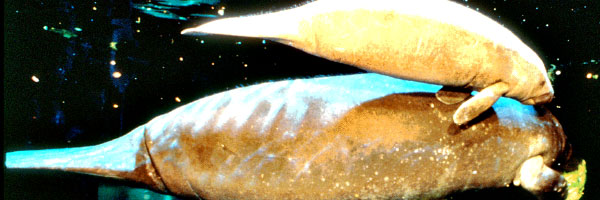Sea Otters are Mammals
What are Mammals?
They are a group of animals comprising three phylogenetic orders that have adapted to spending all or significant portion of their life in the marine environment.

Marine mammals retain the basic characteristics common to all mammals
- endothermic homeothermy
- hair
- live birth
- nourish young with milk
Marine Mammal Groups
1) Whales and Dolphins: Order Cetacea

2) Manatees and dugongs: Order Sirenia

3) Seals, sea lions and walrus: Order Carnivora

4) Sea Otters and polar bears: Order Carnivora

Marine mammals of the Order Carnivora
Suborder-Pinnipedia
Families-
Otariidae (16)
Odobenidae (1)
Phocidae (19)
Suborder-Fissipedia
Families-
Mustelidae (2)
Sea otter (Enhydra lutris)
Marine otter (Lontra felina)
Ursidae (1)
Order-Carnivora
1. Skin – possess hair and/or vibrissae; well developed layer of subcutaneous blubber except for sea otters, which have little subcutaneous fat .
2. Limbs – modifications range from fore and hind flippers (pinnipeds- seals, sea lions and walrus) to interdigital webbing (sea otter hind limbs) to essentially none (polar bears) .
3. Tail – ranges from well developed (sea otter) to small (seals and sea lions) to absent (walrus) .
4. Pinnae-pinnae (external ear) present except in seals and walrus 5. Nostrils- can be closed in pinnipeds .
Only sea otters and fur seals use fur as a thermal insulator. The fur is dense but not long and traps an air layer next to skin.
Suborder- Fissipedia
Family- Mustelidae (includes sea otter and marine otter)
-pinnae present
-body has dense fur; essentially no blubber layer
-front paws (not flippers) haired; claws terminal and retractable; used for manipulating objects and movement on land
-hind limbs webbed like a flipper; can be directed in an anterior or posterior direction; used for propulsion in water and for movement on land; claws terminal but not retractable
-tail long
-male larger than female
Sea otters are thought to have evolved from the otters of the Pliocene of India and eastern Asia and moved northward along the western shore of the North Pacific.

